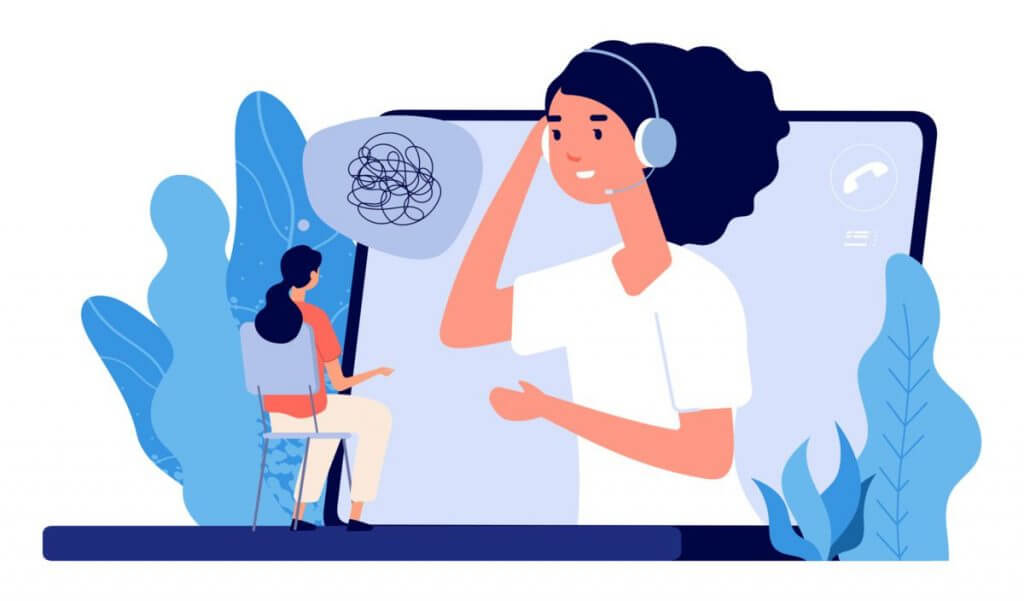How to Improve Your Workplace After an Investigation


A workplace investigation isn’t exactly a smooth ride. It can be a whirlwind of stress for everyone involved, a difficult road bump for your company, and the starting point of countless rumors that can damage the work environment.
But, when everything is done and dusted, it’s case closed, right?
Not really. After completion, each investigation leaves behind a series of ripple effects. The only way to get them out of the way would be to acknowledge the situation, analyze the issues, make remedial plans, and finally take appropriate action.
How Does the Investigation Process Unfold
Several issues can trigger an ethics investigation for your organization. These issues include:
- Misconduct (workplace harassment, violence, retaliation, sexual harassment, and more)
- Health and safety violations
- Office theft and fraud
- Time theft (when timesheets are altered with the intention to receive more earnings)
Once you detect misconduct, it’s critical to start the investigation immediately. Here’s a quick look at how an investigation process unfolds:
First comes the complaint. This could either come through the company’s anonymous hotline or directly from the employee or manager. The individual receiving the complaint documents every detail to lay the groundwork for the investigation.
Investigation begins. This is when the organization fully investigates what the accuser has claimed. Evidence is gathered, interviews are conducted, and documentation is made. Either the company’s HR team or a professional third party helps come to a resolution.
The aftermath unfolds. An investigation reaching a successful conclusion does not mean the issue has been fully resolved. The right action must be taken against the harasser. The accused must be protected from retaliation. Communication and training must be offered to the other employees to help them understand they’re heard, valued, and protected.
How to Handle the Aftermath
Here’s your quick guide for handling the aftermath of an investigation:
First Things First: Acknowledge the Problem
The end of a compliance or HR investigation does not imply that the issue has been resolved. Misconduct investigations can shake a workplace up regardless of whether they see a resolution. The feelings of anger, frustration, or hurt that your employees feel might still linger. Instead of covering the problem and locking it away, it’s important to acknowledge it, understand the situation, and figure out what actions will leave a positive and strong impact.
Create a space that allows those involved to talk freely. Make sure you choose an interviewer who is a good listener, has an empathetic and fair judgment, and knows how to make the interviewees open up and express themselves freely. If an employee doesn’t “feel heard”, there are high chances they might try to take their issue outside – social media, several workers’ associations, or the court – for resolution. This, in turn, can bring down several negative impacts on the company.
Knowing everything is not of any use if you fail to take action for your employees’ welfare. When you acknowledge and communicate the issues, your employees know that you will take the appropriate action should a conflict arise. In other words, communication is a way of making your employees feel safe and valued within the workplace.
Offer Counseling to Victims and Other Employees Involved
Having to go through an investigation can be mentally and emotionally draining for those who participate in it. Their days at work can become either too challenging or mentally exhausting to get through.
There are also instances when the harasser stands to gain more support from their co-workers which can make the victim feel more isolated than ever. To ensure the victim and other employees involved float through these challenges and regain their mental health, it’s important to offer them appropriate counseling.
Take Proactive Steps to Curb Retaliation
Once the investigation is complete, it is critical that you, as an employer, ensure the complete safety of the victim. One of the most challenging elements to deal with after the investigation is retaliation.
There can be a heavy chance that the accused may try and retaliate against the accuser. Tell the accused that the accuser had the right to report and that any form of retaliation against the accuser or the witnesses will call for strict action.
Do Not Make any Hasty Moves but Analyze the Situation First
Handling a misconduct investigation can be an extremely sensitive matter. A single misstep could make the investigation take a flawed turn.
Make sure you conduct comprehensive interviews with everyone involved in the investigation. This includes the accuser, the accused, and the witnesses. Extract as many details as possible so you have detailed, relevant evidence that can be included in the final report.
Maintain Constant Communication with Employees
Regardless of the kind of misconduct, workplace investigation can be overwhelming or distressing for people.
When an HR investigation takes place, the word spreads like wildfire throughout the workplace. This, in turn, may give rise to several rumors or cause a sense of mistrust among the employees.
Communicate with the employees and help them understand that misconduct of any kind will result in appropriate action. Take the necessary steps to avoid similar situations from repeating in the future.
Eventually Offer Training Related to the Issue
One of the best team interventions you can offer is to provide the right training. Make sure you tailor this training to your company and the problems your employees have faced. Your training program can be about:
- How employees can detect any signs of bullying
- Where and how to report the behavior and where to get advice
- How bullying behavior can impact an employee, a team, and an organization as a whole
- Why employees must stand up to bad behavior in the workplace instead of being passive bystanders
Once the training is complete, make sure you take the necessary steps to follow up. Following up, perhaps a month or two later can help you gauge how your employees are faring and if you need to run any further interventions.
Make the Role of Managers Crystal Clear
Your managers must be aware of the impact their individual behaviors can leave behind. Since they are directly in contact with your employees, their role in handling the aftermath of an ethics investigation can be pivotal.
Offer them well-structured training in managing workplace conflicts with empathy and emotional intelligence, leading a diverse team, and having conversations that matter.
Conclusion
Workplace investigation can be a difficult time for a company. There is a good deal of work to do even after the investigation reaches its conclusion. The most important area to work on during the aftermath of an investigation would be to focus on the well-being of other employees. From acknowledging the situation and taking action to training both the employees and managers in the area of dealing with workplace misconduct – each step matters if you want your workplace to move on from such an incident. If you need any guidance for handling the entire process of ethical investigation, Ethico can be the partner you can trust.





































